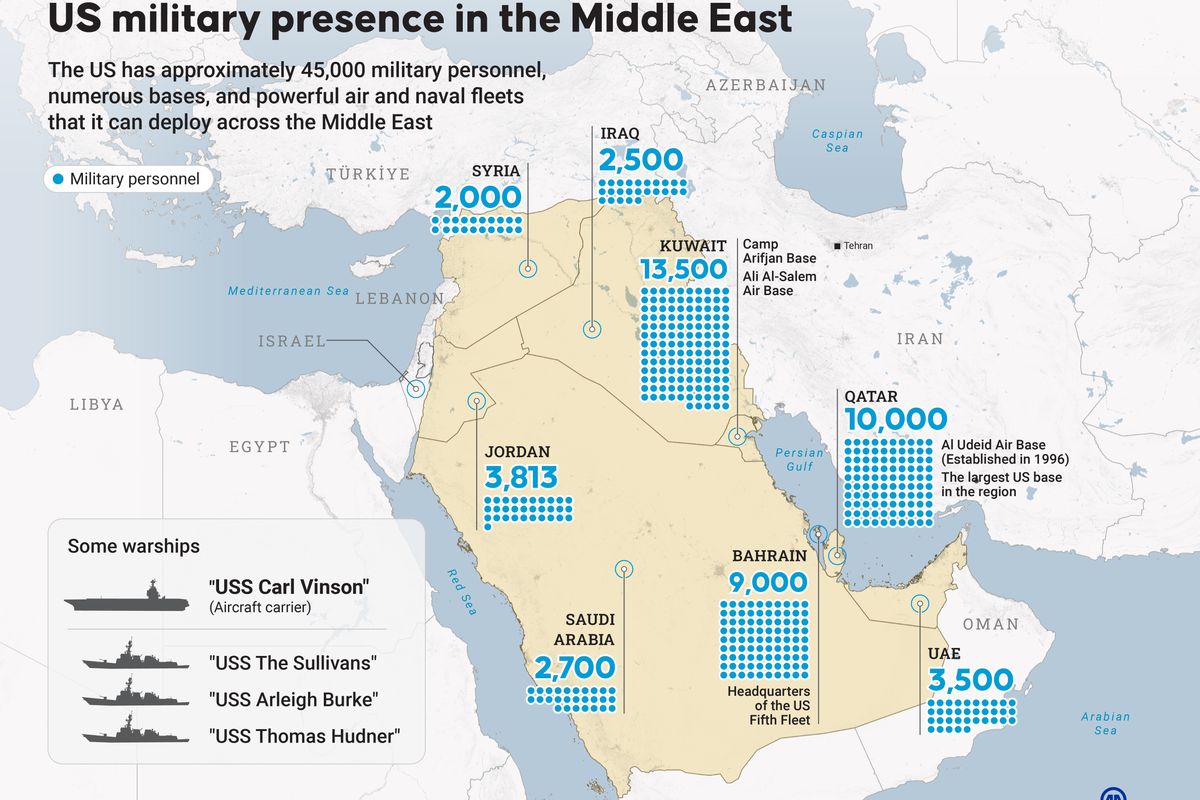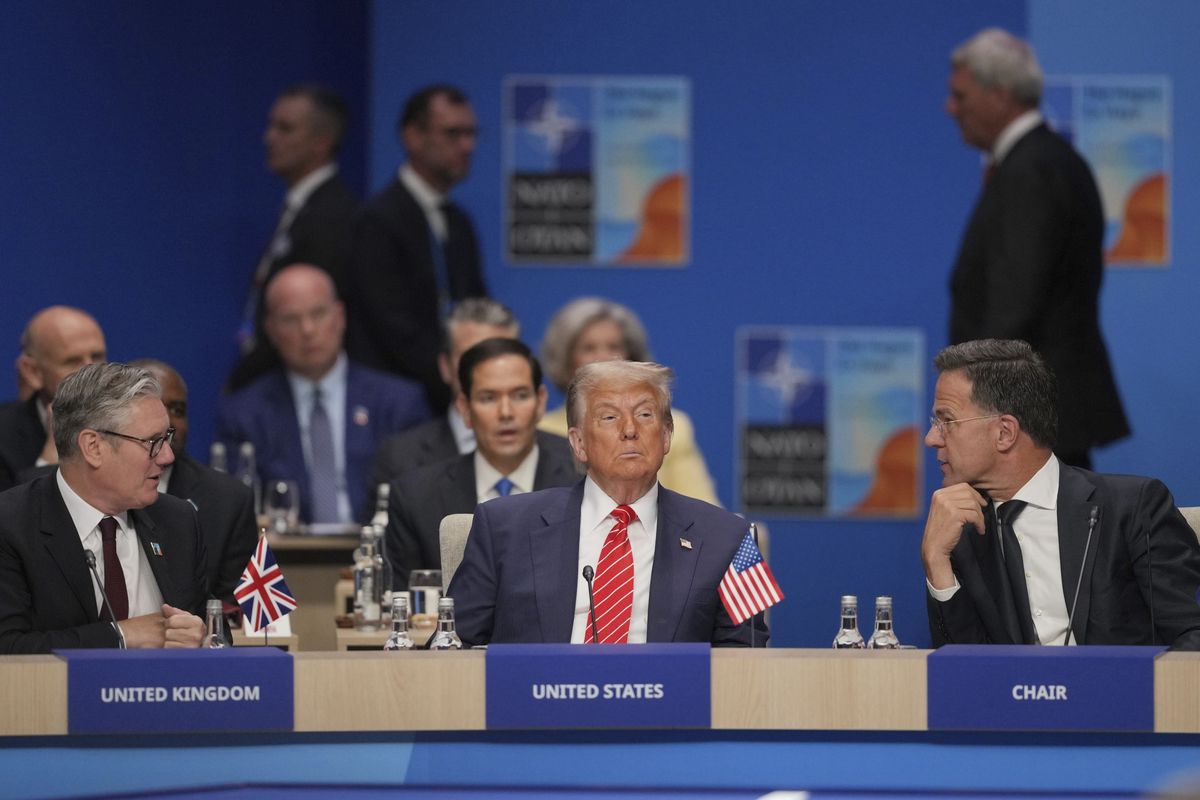President Donald Trump’s defense budget proposal for fiscal year 2018 calls for $54 billion in additional spending, but it is not yet clear where this new funding will come from or what it will be used for. The proposed increase builds on spending hikes planned by the outgoing Obama administration, but it is publicly unpopular. In a recent poll, 58 percent of Americans said they opposed the increase. The size and complexity of the defense budget makes it a lightning rod for disagreements, which can ultimately work against the goal of providing a first-class military with global reach.
Debate over the budget often centers on its total cost, and this can produce misleading conclusions. For example, the Trump’s defense budget topline figure of $603 billion for FY2018 can be interpreted in several ways. In absolute terms, even when adjusted for inflation, the sum is larger than any budget from the Cold War buildup of the Reagan era. However, in relative terms, at approximately 4 percent of GDP, Trump’s defense budget is one of the smallest in the post-WWII era. The opposing conclusions from these two approaches illustrates how problematic analysis of just the topline figure can be.
While it is important to consider what the country can afford when developing the defense budget, it is equally important to factor in what the country needs. Todd Harrison, director of Defense Budget Analysis at CSIS, told The Cipher Brief, “In theory, the defense budget should be set based on defense strategy—what the nation wants the military to be able to do, the threats that could impinge on the military’s ability to do those things, and the level of risk (or insecurity) the nation is willing to tolerate.” The United States has global interests and faces global threats. Therefore, it needs a military with global reach. At the same time, the U.S. is also risk averse when it comes to putting American troops in harm’s way.
But coming to a consensus on what the country needs is no simple task and inevitably leads to a varying number of budget figures. In broad terms, defense spending needs can be split into three groups: capacity—number of forces; capability—quality and modernity of forces; and readiness—maintaining personnel and equipment. A Pentagon with a blank check could pay for all three to create a force that is large enough to deploy in multiple places with minimal risk, and modern enough to be qualitatively superior, while having the additional resources to simultaneously maintain readiness.
In reality, perfect security is impossible and money is limited. The budget must prioritize which factors are most important to its strategic goals. Harrison says “the Obama Administration prioritized capability and readiness, and was willing to accept a small force to pay for these priorities. So far, the Trump administration appears to prioritize capacity and readiness, and seems willing to sacrifice more advanced capabilities.”
Although Trump’s FY 2018 budget figure exceeds the proposal of the outgoing Obama Administration, some still believe it is not enough to replenish and modernize the military. A recent white paper by the Senate Armed Services Committee listed a figure of $640 billion for FY2018 and would increase to $740 by FY2022. This ambitious budget would attempt to increase the capacity, capability, and readiness of the armed forces over the next several years.
By contrast, others believe that the Pentagon can do more with less. Lawrence Korb, a senior fellow at the Center for American Progress and a former assistant secretary of defense, told The Cipher Brief that “You can save $25 billion a year every year over the next five years if you reduced your overhead [in] what we call the back office.” Decreasing the number of deputy and assistant secretaries and their associated staffs—the back office—could enable the Pentagon to do more with the budget it already has.
However, other likely areas for cuts could come at the expense of U.S. military capabilities, capacity, or readiness. Jacob Cohn, a research fellow at the Center for Strategic and Budgetary Assessments, told The Cipher Brief that “26-percent of DoD’s base discretionary spending funds military personnel” and “almost 48-percent of the base budget funds operations and maintenance (O&M) accounts.” These are areas where there are very little efficiency savings to be had. The only way to reduce them is to scale down the number of personnel or training and maintenance. Taking this route would require a reappraisal of U.S. strategic, interests, threats, and risk threshold.
A final consideration that affects the size of the defense budget is the Budget Control Act of 2011. This caps the topline amount for defense spending, and any increase above the cap requires 60 votes in the Senate. Independent of need and affordability, this political hurdle could keep the budget at its current size of $549 billion for FY2018.
The array of factors and interests that shape the defense budget makes the process far more complicated than determining whether the topline figure is too small or too large. Harrison notes that a new trend has upset the historical balance of leading with strategic interests, threats, and risk tolerance: “…in recent years—the defense budget is set through negotiation over broader fiscal goals, and then military leaders try to adapt defense strategy to fit the budget after the fact.” Whatever the budget’s size, the topline should be a result of strategic considerations and not the other way around.
Will Edwards is an international producer at The Cipher Brief. Follow him on Twitter @_wedwards.








